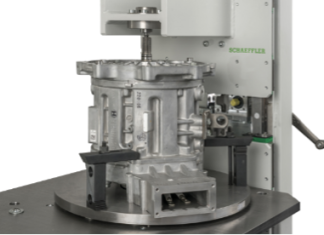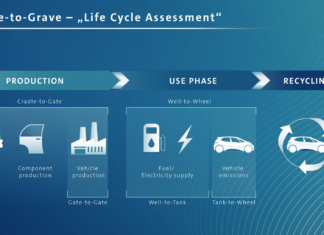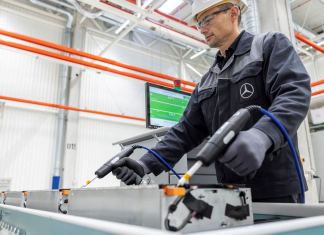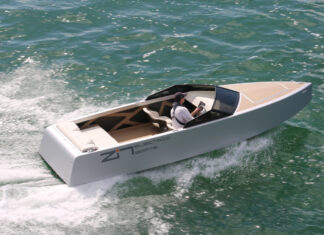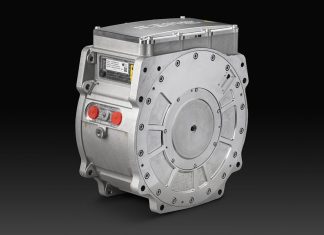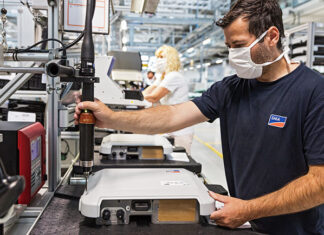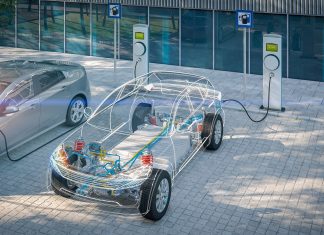High-efficiency 800 V electric motor series for electric and hybrid drive systems
Today, there’s no longer any doubt that electric drive systems will make inroads into construction sites in the future. Some local governments in Germany and other countries are already banning vehicles with...
High-efficiency motors and sustainability
According to some studies, electric motors are responsible for about 45% of the total consumption of electric energy . If we focus the analysis on one the most energy-eating ambits, the industrial one, the...
Schaeffler launches a new special tool for professional E-Axle repair
Schaeffler Vehicle Lifetime Solutions has introduced a special E-Axle tool designed to make repairs on electric motors safer, more precise, and more sustainable. The tool enables contact-free assembly and disassembly of rotors...
Life Cycle Assessment, electric car wins
For the same models with different power supplies, the carbon footprint of electric versions is already better than the one of the corresponding variants with internal-combustion engine. Moreover, electric vehicles provide a higher potential...
Battery minerals, the new treasure island
Transport and Environment, a European network of citizens striving for decarbonization in transport and energy consumption has recently released a new study on the potential benefits that the European EV industry could...
Electric boats: a “Tesla” in the waves
Among the companies that are trying to bring the electric motor in the world of boats, there is the Seattle start-up Zin Boats, which aims at producing electric boats and at ranking on the...
A new partnership for rare earth-free e-motors
British startup Advanced Electric Machines (AEM) has secured a significant development partnership with a major global automotive supplier, signaling renewed momentum for its innovative electric motors that do not rely on rare...
Fast photovoltaic recharge for electric vehicles
SMA, one of the top players in the field of system technologies for photovoltaic, has developed and made available the EV Charger platform, a solution to recharge electric vehicles by exploiting the photovoltaic current...
Funding of 80 million USD for the Start-up Turntide
What do Bill Gates, founder of Microsoft, the actor Robert Downey Jr., Hollywood star in the armour of Iron Man and Tony Fadell, father of the iPhone, have in common?
The trust with extreme conviction...
DHL sets up the first Electric Vehicle (EV) Center of Excellence
DHL announces the establishment at Pozzuolo Martesana, in the outskirts of Milan, of the first Electric Vehicle Center of Excellence for the electric mobility in Continental Europe. In collaboration with EV Teams...



